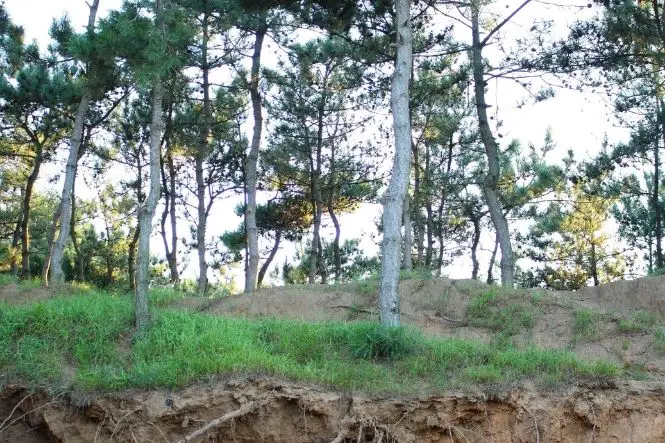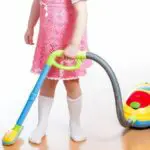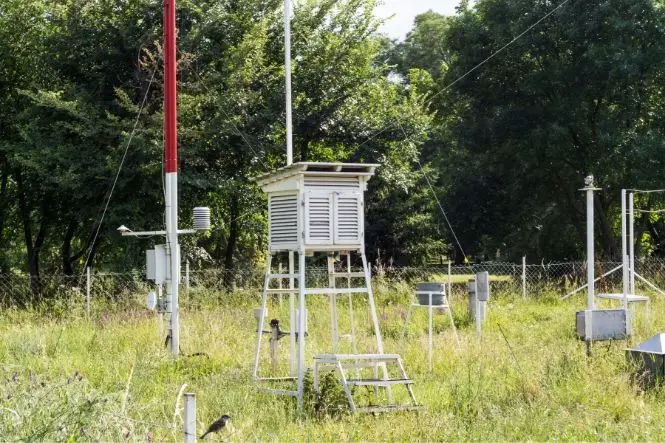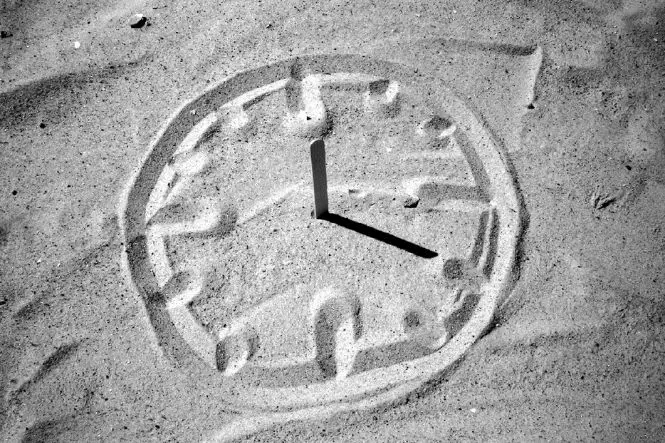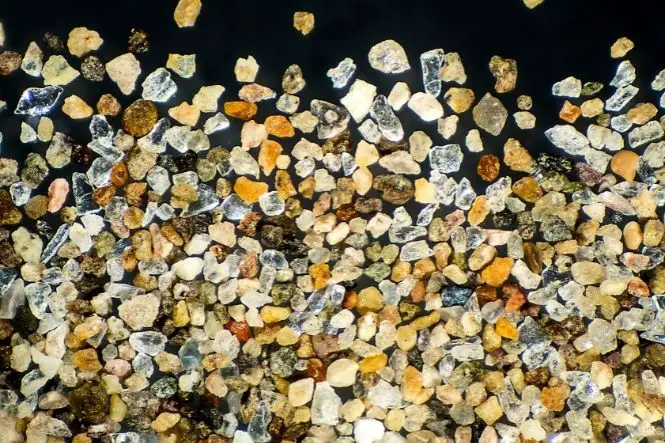Soil erosion is the loss of healthy and fertile topsoil through water or wind, leaving behind poorer quality subsoil. Soil erosion can lead to famine in developing countries, because the poorer soil means that crops are not as good, or might fail completely.
Table of Contents
Different Soils and Water Erosion
Fill shallow containers with different types of soil – for example potting compost, and garden soil from different places in the area. Put a block of wood under the top end of each container to create a hill, and a container under the bottom end to catch any water that runs off. Fill a watering can and ‘rain’ briefly at the top of each ‘hill’. Watch what happens. Look at the water in the containers – which is darkest? This is likely to contain the most eroded soil. Which kind of soil has eroded the most?
Water erosion carries away the good soil from fields. Eroded soil can carry pollutants into rivers and the sea, and can silt up streams, ditches and drains, leading to flooding. Water erosion on bare soil can cause mudslides, which can destroy property and injure people.
Try the experiment again, with the same type of soil in all three containers. Leave one flat, put furrows across one, and furrows down the other, and add ‘rain’. Which one resists the erosion more?
Creating contour banks (furrows) across the hills can reduce water erosion.
Plants and Water Erosion
In two shallow dishes, such as roasting tins, create two gently sloping piles of potting compost, about the same size. Firm them, so that they hold together. Sprinkle one thickly with mustard and cress seeds, carefully spray it with water with a plant mister, and leave it on a light window sill. Watch the seeds germinate, keeping them damp. Once the ‘hill’ is covered with well-growing plants, probably after a couple of weeks, fill a watering can with water and ‘rain’ briefly on both ‘hills’. What happens to the bare potting compost? What happens to the potting compost with plants on it?
The potting compost covered with plants should hold together more than the bare potting compost. Plant cover reduces water erosion, because the plant roots hold the soil together.
Wind Erosion
These experiments have looked at soil erosion caused by water. Wind can also erode soil, by blowing away the lighter fertile topsoil and nutrients. Wind erosion happens in flat areas of open soil with strong winds and few hedges and trees, and can be reduced by leaving stubble in fields, keeping fields planted all year round, and improving windbreaks like hedges, walls and trees.
Causing and Preventing Erosion
Bare soil is more easily eroded by water or by wind than soil with plant cover, especially if it has been deforested (the trees cut down for wood or to create land for farming), farmed too intensively, or overgrazed, and if it is on a steep slope.
Growing plants and trees reduces erosion. Improving the soil condition by adding more organic matter (rotted animal manures and compost from rotted plants) helps reduce erosion, and returns nutrients to the soil.

